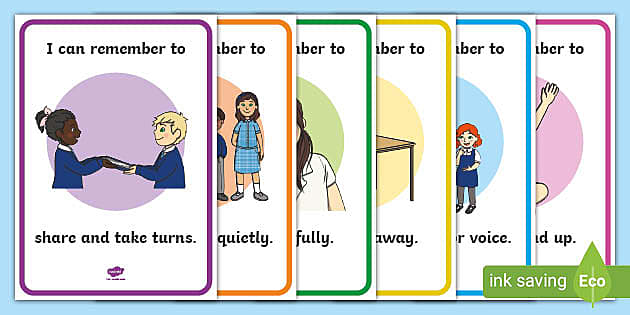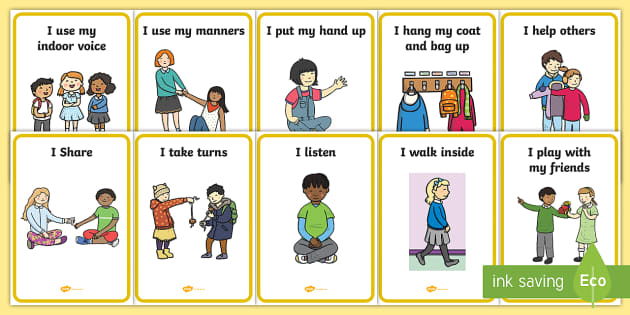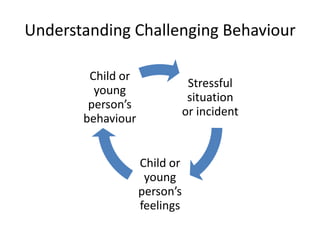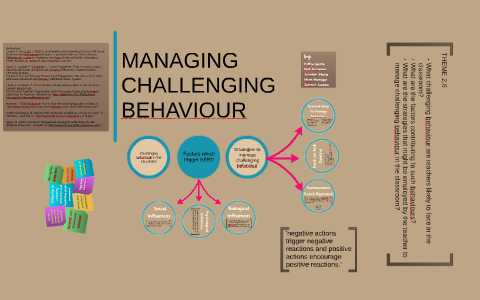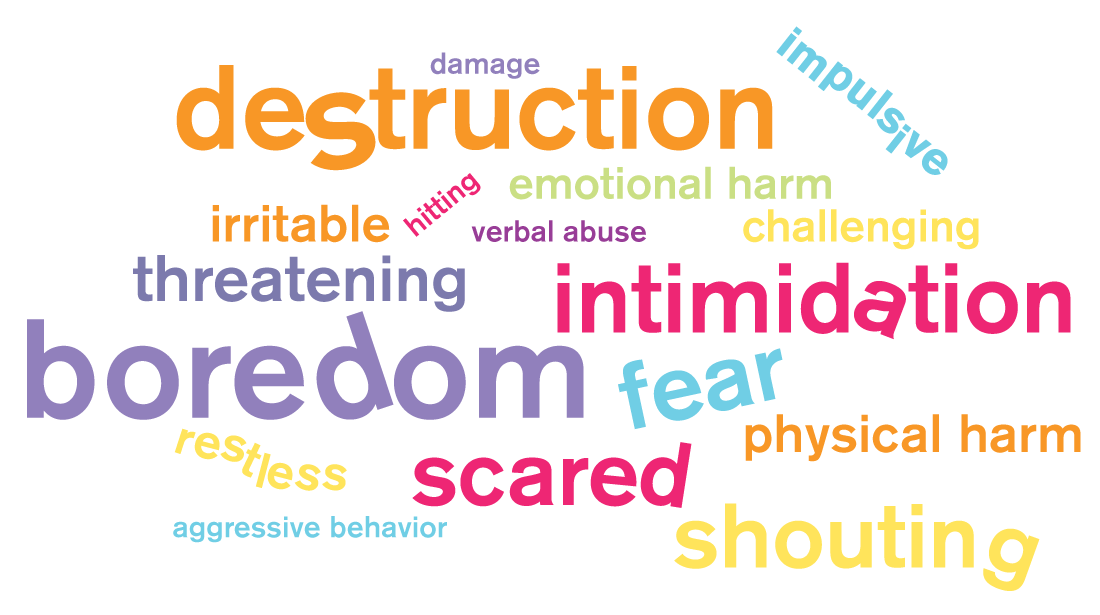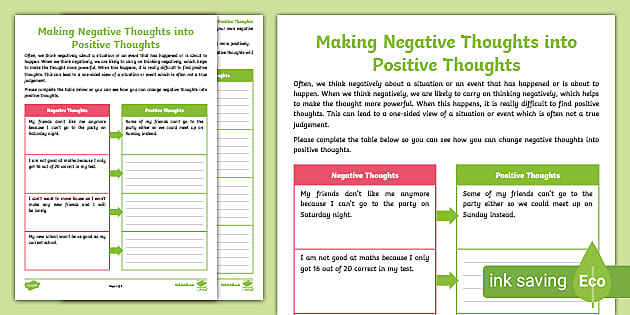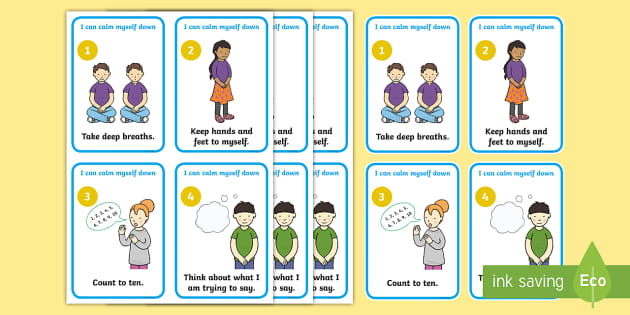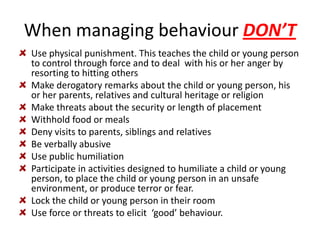Awesome Info About How To Cope With Challenging Behaviour

You are more likely to be successful if you and your provider are handling things the same way.
How to cope with challenging behaviour. Keep in mind that it. Use an emotion thermometer with different colours to help them gauge what they’re feeling: About 1% of the uk population have intellectual disabilities (sheehan et al.
Sitting down and talking through the situation once everyone has calmed down will help them to recognise and be in touch with their emotions and is known as emotion coaching. Several things can trigger challenging behaviours in children with autism, including changes in routine, sensory overload and unfamiliar settings. Establish a code of conduct in the classroom.
Watch your own body language, voice pattern, facial. If you are in a situation where you have control over loud noises. You can get support from us directly from one of our family.
When you identify what triggers your child’s. If you are in a public area, you may have to plan for where you may go if challenging behaviors happen. 9 strategies to handle difficult behaviors in children be democratic.
Move and speak slowly, quietly and project confidence. Creating a framework of boundaries is extremely helpful for children because it helps everyone remember what is acceptable. Behavioural disorders vary due to their symptoms and outcomes on the quality of life, and the.
Uses words or actions to get your attention or ask for help talks to himself in a reassuring way when he is frustrated or frightened. For example, if their outbursts are an attempt to get your attention, try working with them on different strategies for signalling when they need you, and provide positive attention. When teachers are ready to give a consequence, they should allow for some choice.




